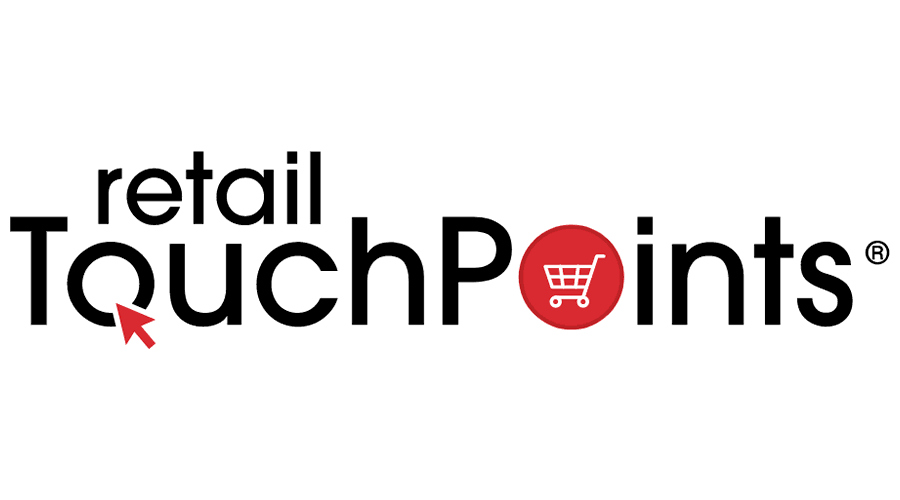The Covid-19 pandemic has shifted all our routines, but maybe none more than how we shop. Even the most reluctant online shoppers have had to adapt to a changing world where the customary quick trip to the store isn’t encouraged or even possible at all.
McKinsey & Company recently released a study that says 75% of consumers expect to continue shopping online more even after the pandemic eases. It seems that even for those who may have been hesitant to shop online before, this new way of shopping has stuck.
That’s great news for brands, especially heading into a holiday shopping season that we’re all expecting to look and feel a little different. These shifting habits mean there is more opportunity to get your products in front of interested buyers — virtually. My company’s survey of 1,000 U.S. consumers found that 65% of shoppers expect to spend more online this year. But, just like anything, the good comes with some bad. So, here are three things to keep in mind when you’re looking at where to feature your brand and sell your products online because where and how your products are listed is a critical part of brand management.
It’s getting easier for people to set up e-commerce stores.
Platforms like Etsy, Shopify and Magento have made it rather easy for just about anyone to open an online store. It takes little more than setting up an account and some basic web design skills before you can have the shell of an e-commerce site ready for launch. Marketplace sites, like eBay, have also made it easy to start selling products online. Add to that the rise of social commerce — being able to sell products to consumers without them ever having to leave the platform — and you have an exploding number of e-commerce opportunities.
While more opportunities to buy means more places to sell your products, it also means more due diligence to make sure you’re selling with a reputable site. How can you tell if a site is reputable? For starters, look for tell-tale signs. It should look simple and clean, with a clearly identified seller. The site should have easily findable contact information that includes a physical address, and the content (particularly the photographs) should be high quality and not manipulated.
These new e-commerce platforms may not be secure.
Again, expanding your online ecosystem is tempting, especially at a time of year when online shopping naturally increases, and especially now, when most of us are expecting to do even more of our holiday shopping online because of the pandemic. But, unfortunately, these trends haven’t gone unnoticed by cybercriminals, and they are already taking advantage. Payments processor ACI Worldwide analyzed millions of transactions by online retailers and found that through the first half of 2020, fraud attempts increased by 4.7%.
The reality is that some of these new emerging e-commerce sites aren’t really looking to help you sell more products. They are just fronts for cybercriminals. So, before you put your product on a site or allow a supplier to sign you up, do good research. Make sure that the site is a legitimate business and is backed by people or companies you can trust.
Read the full article in Forbes.





